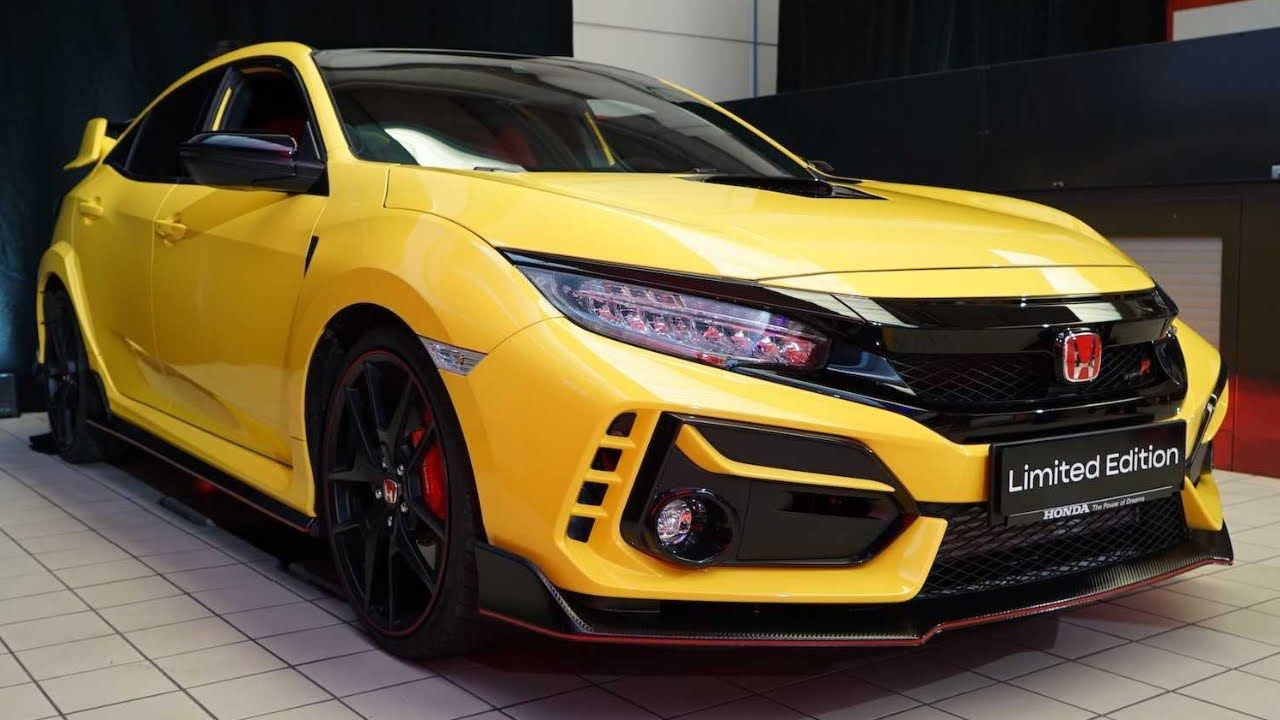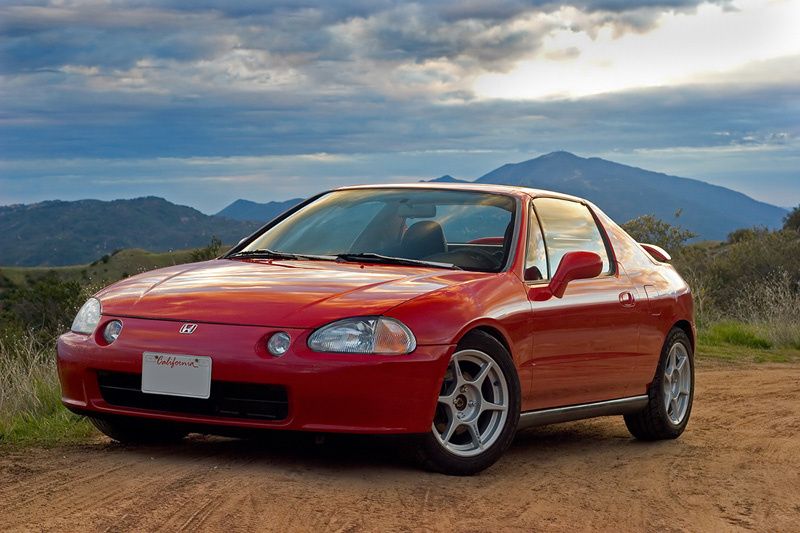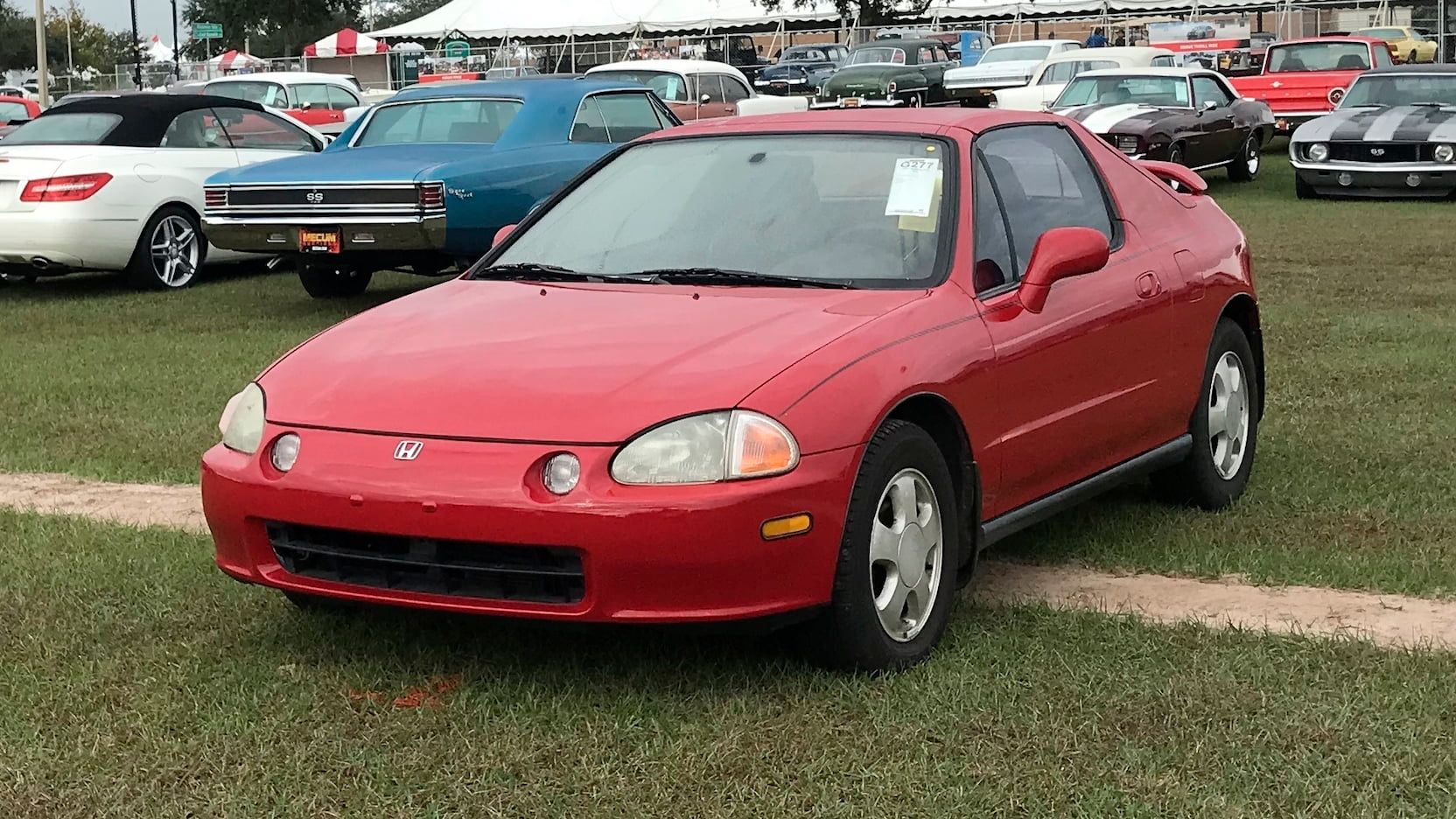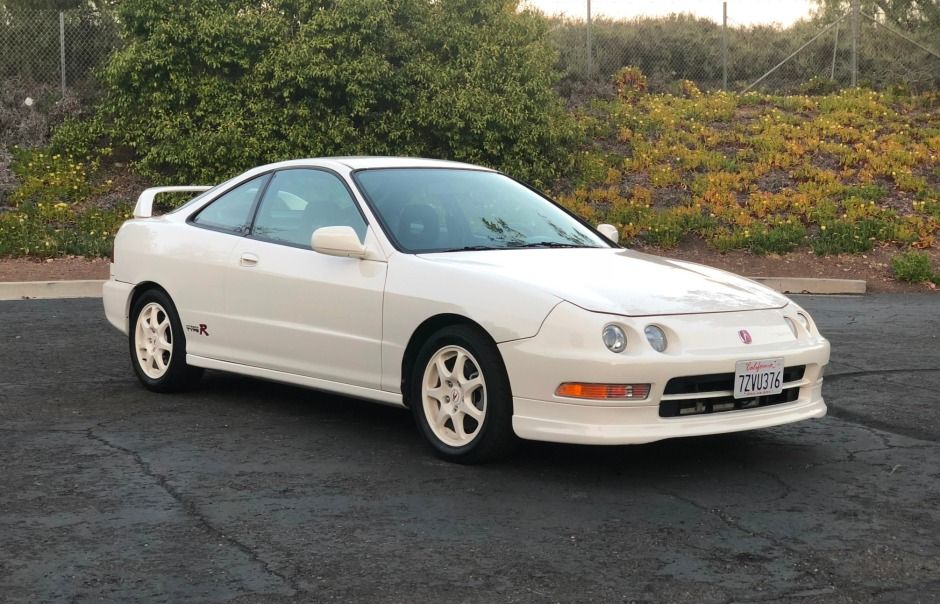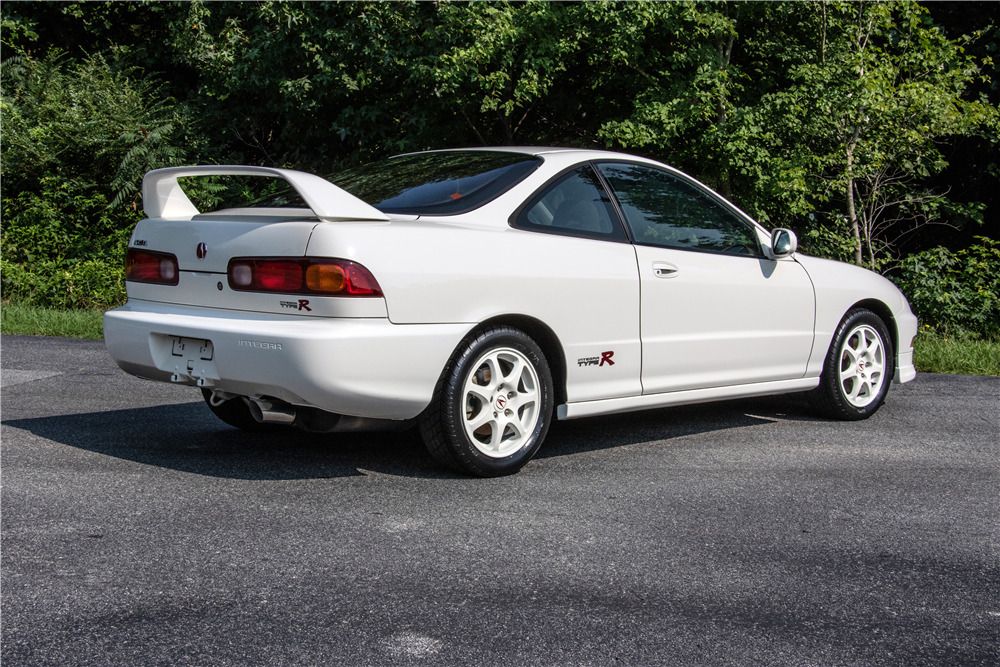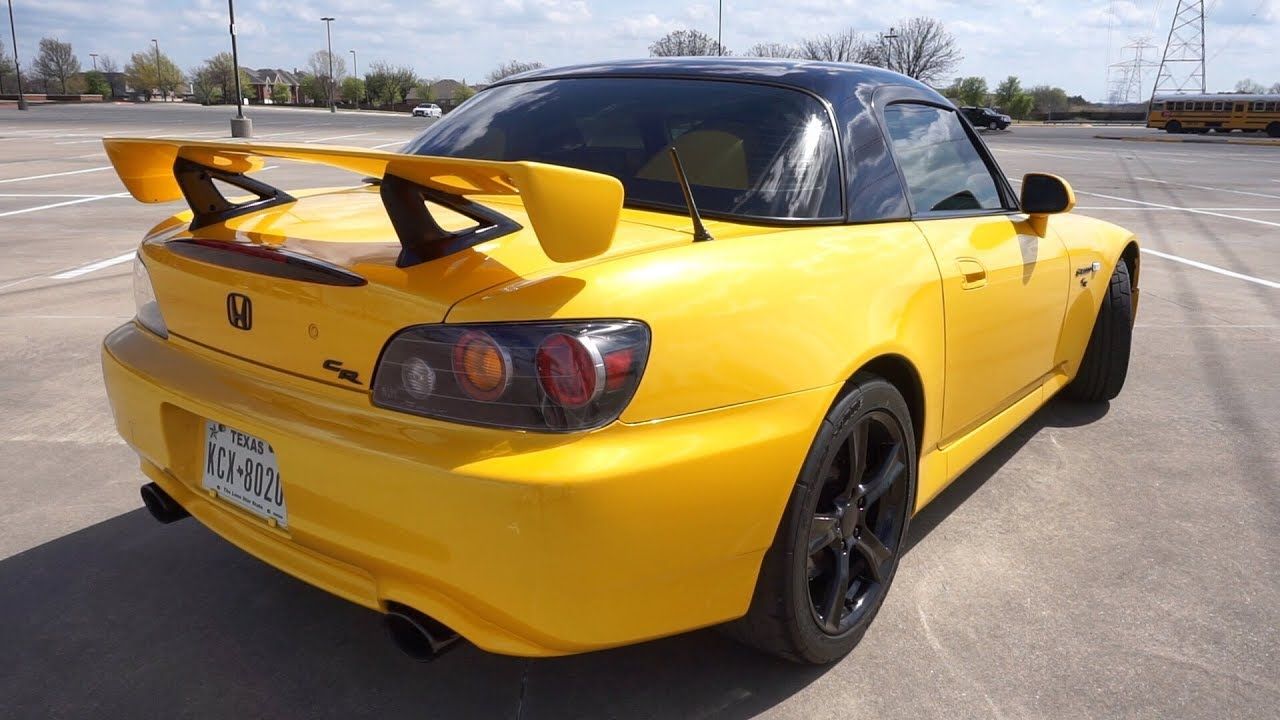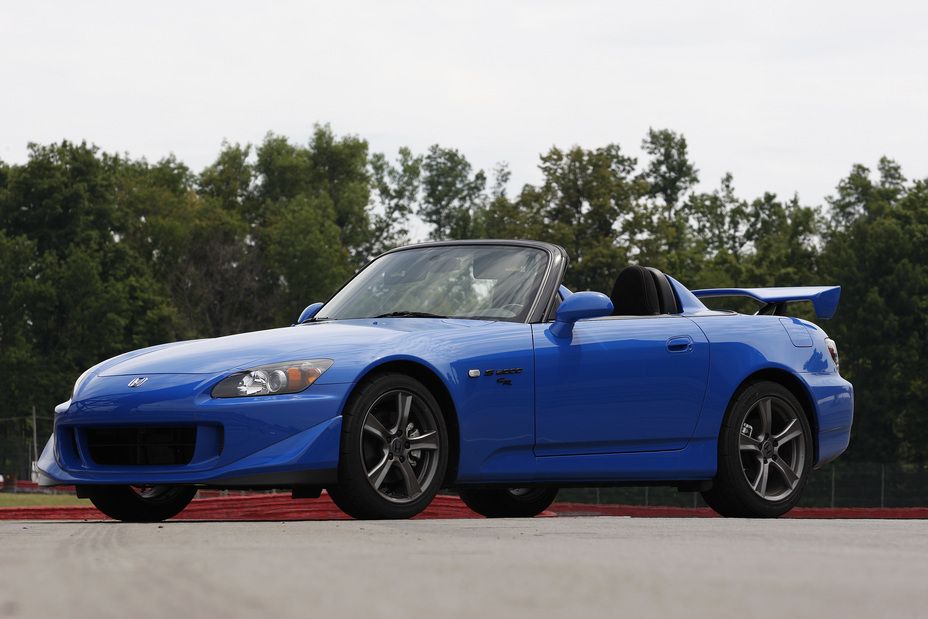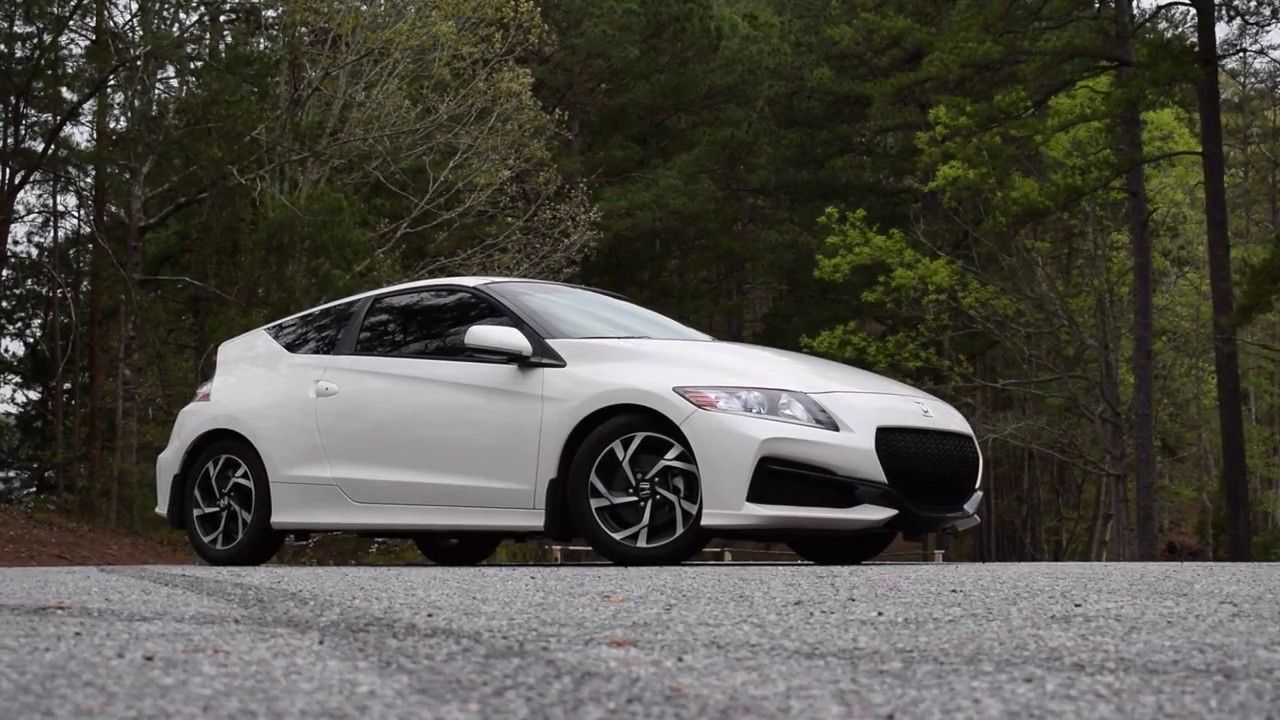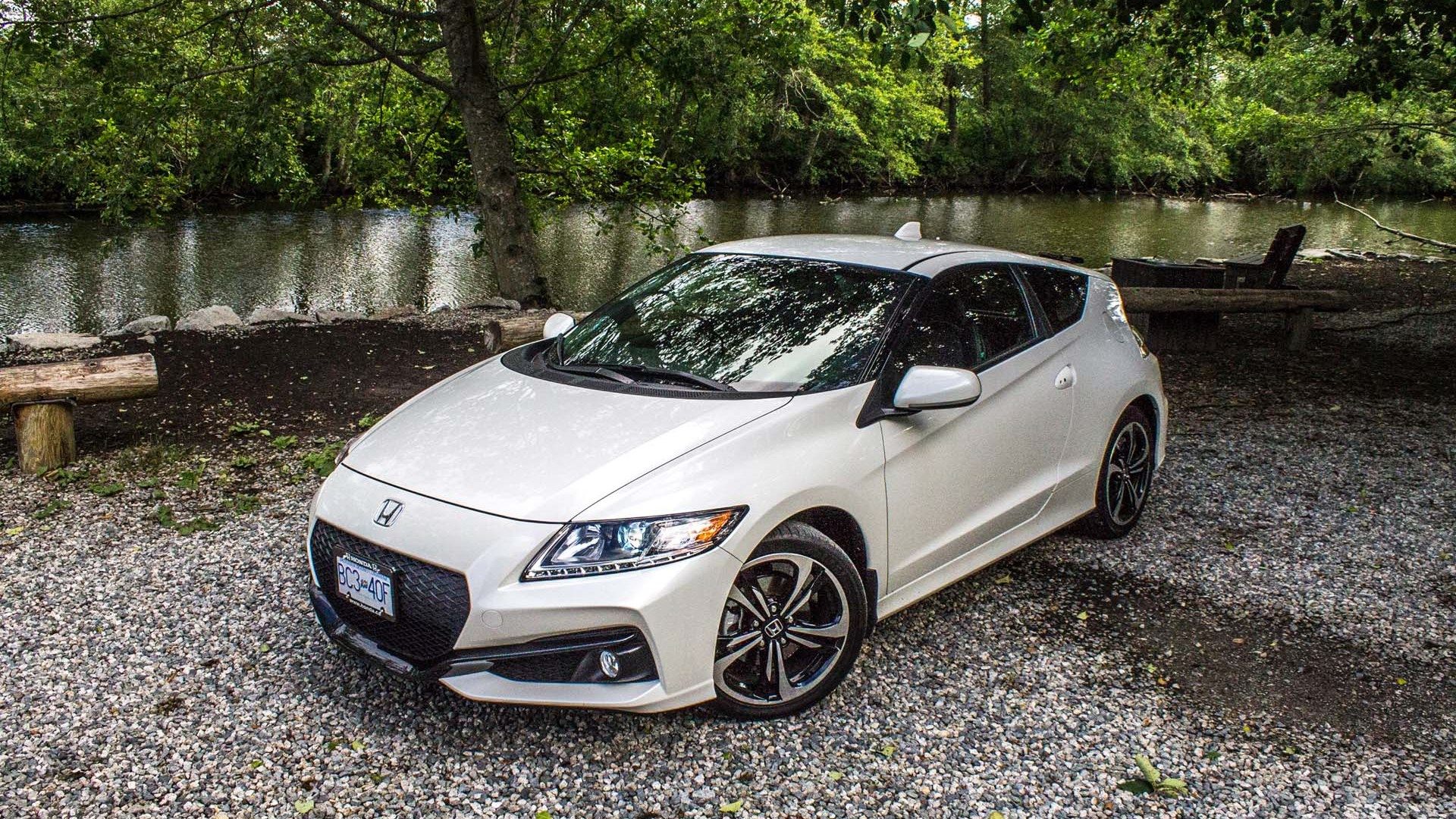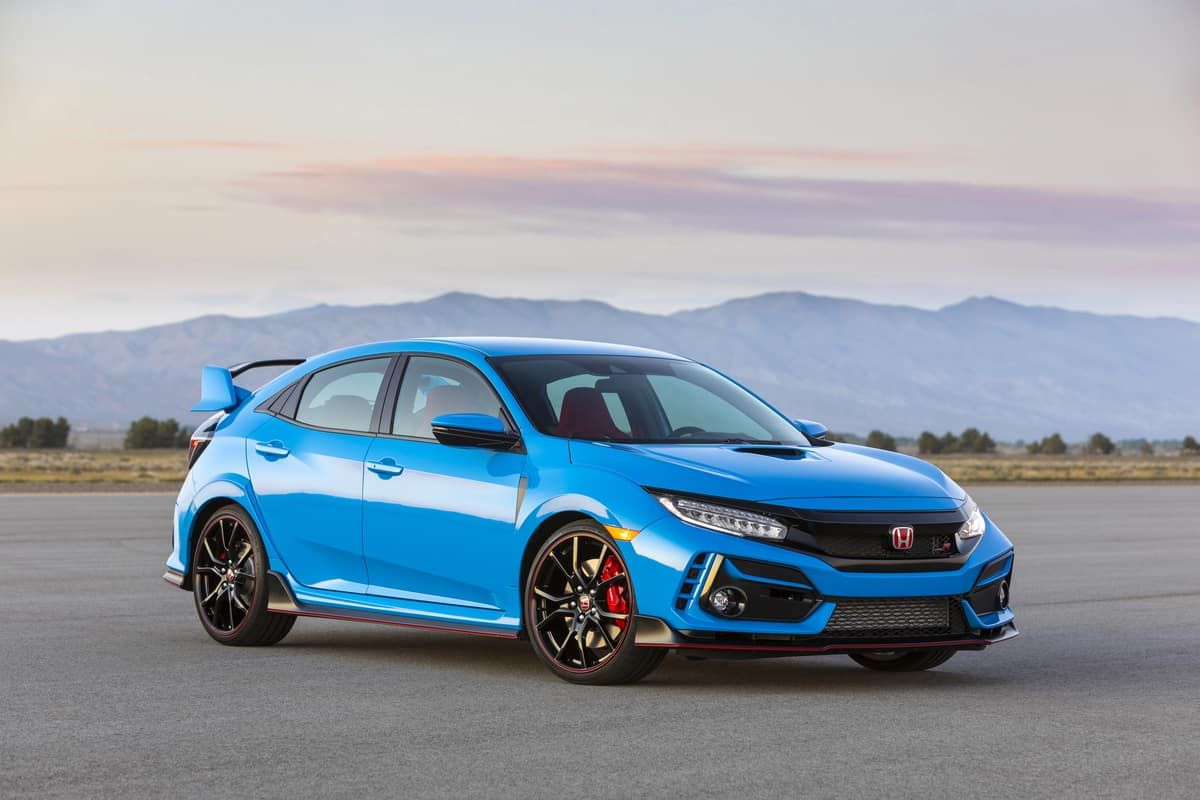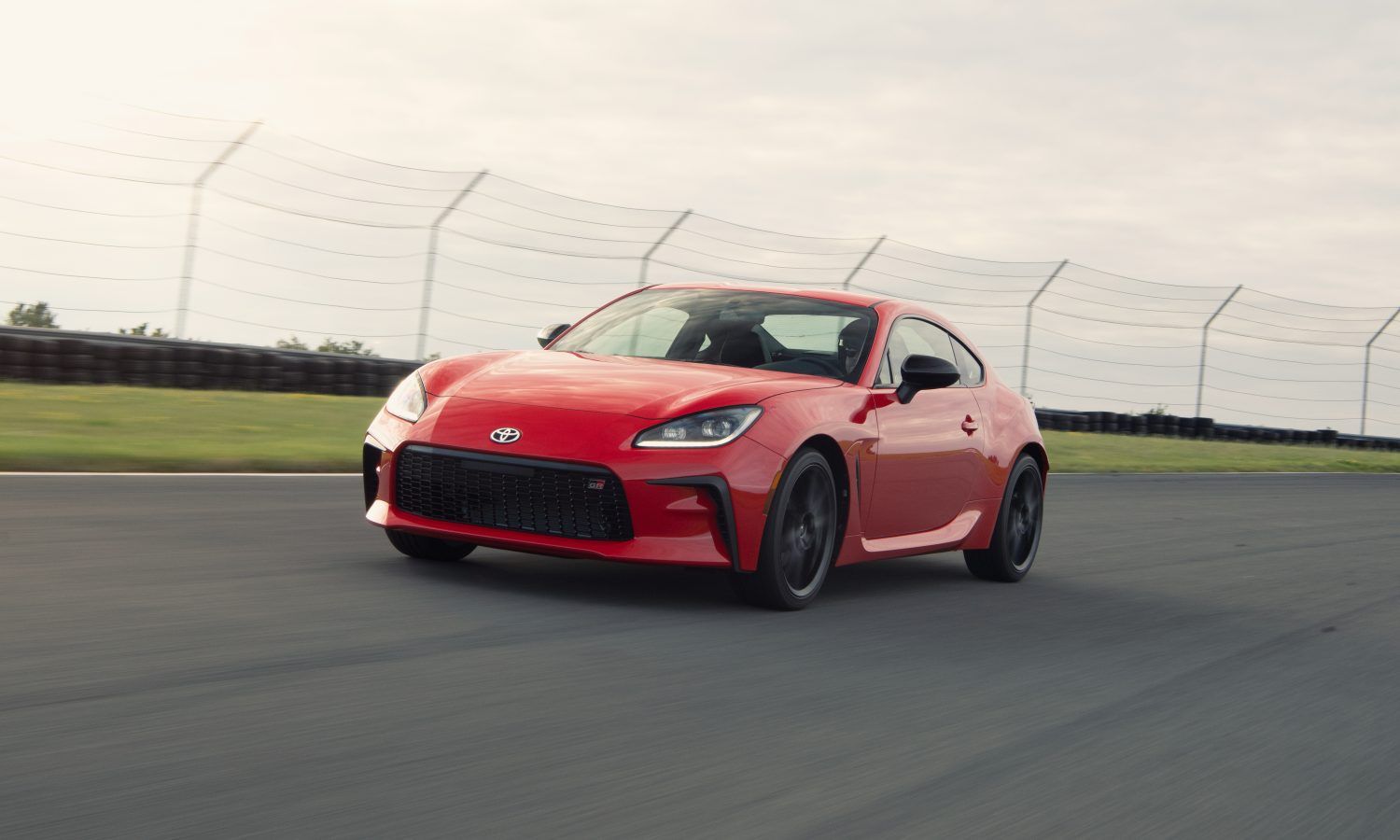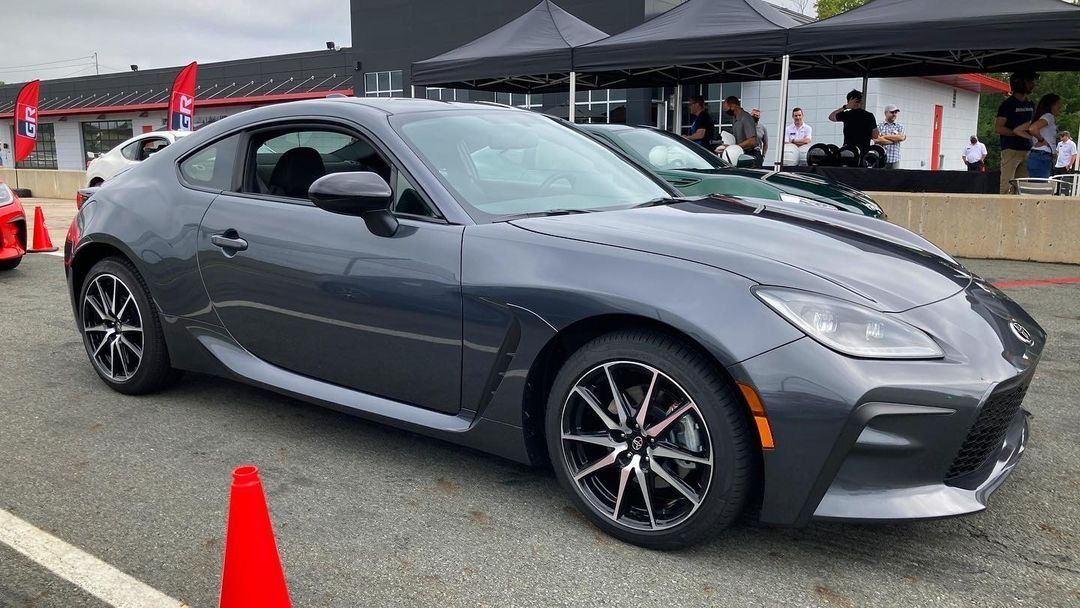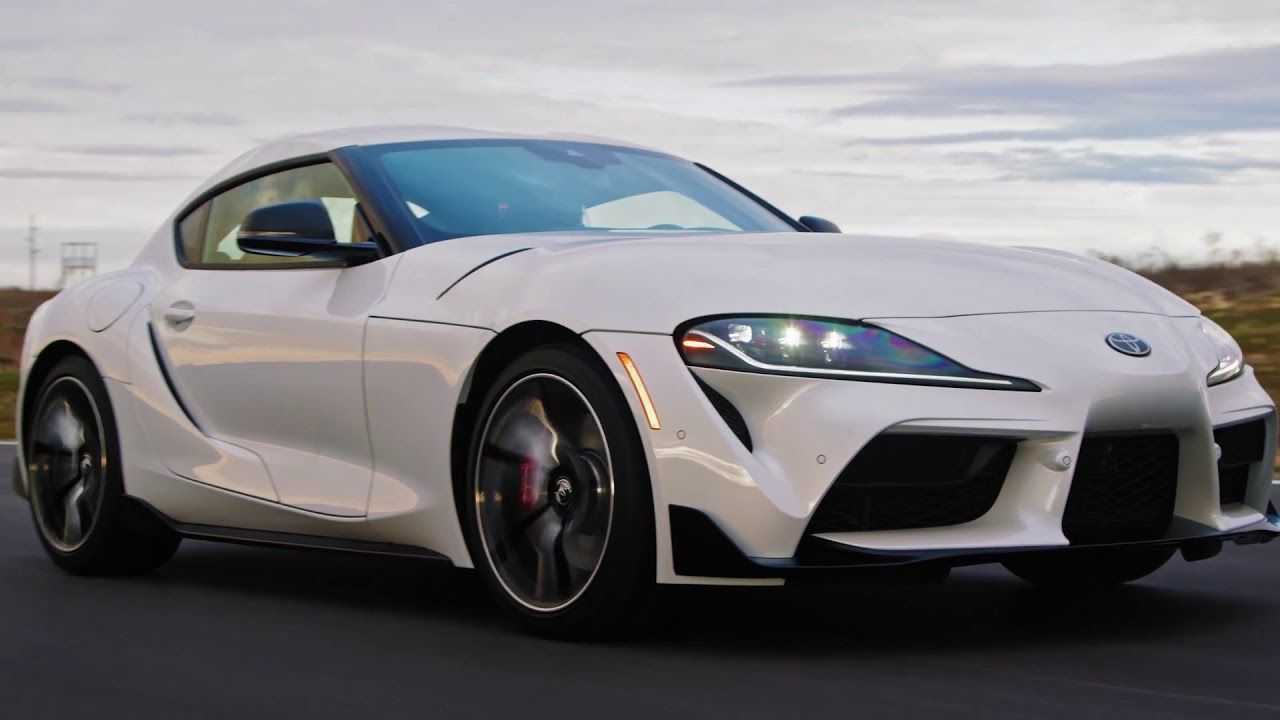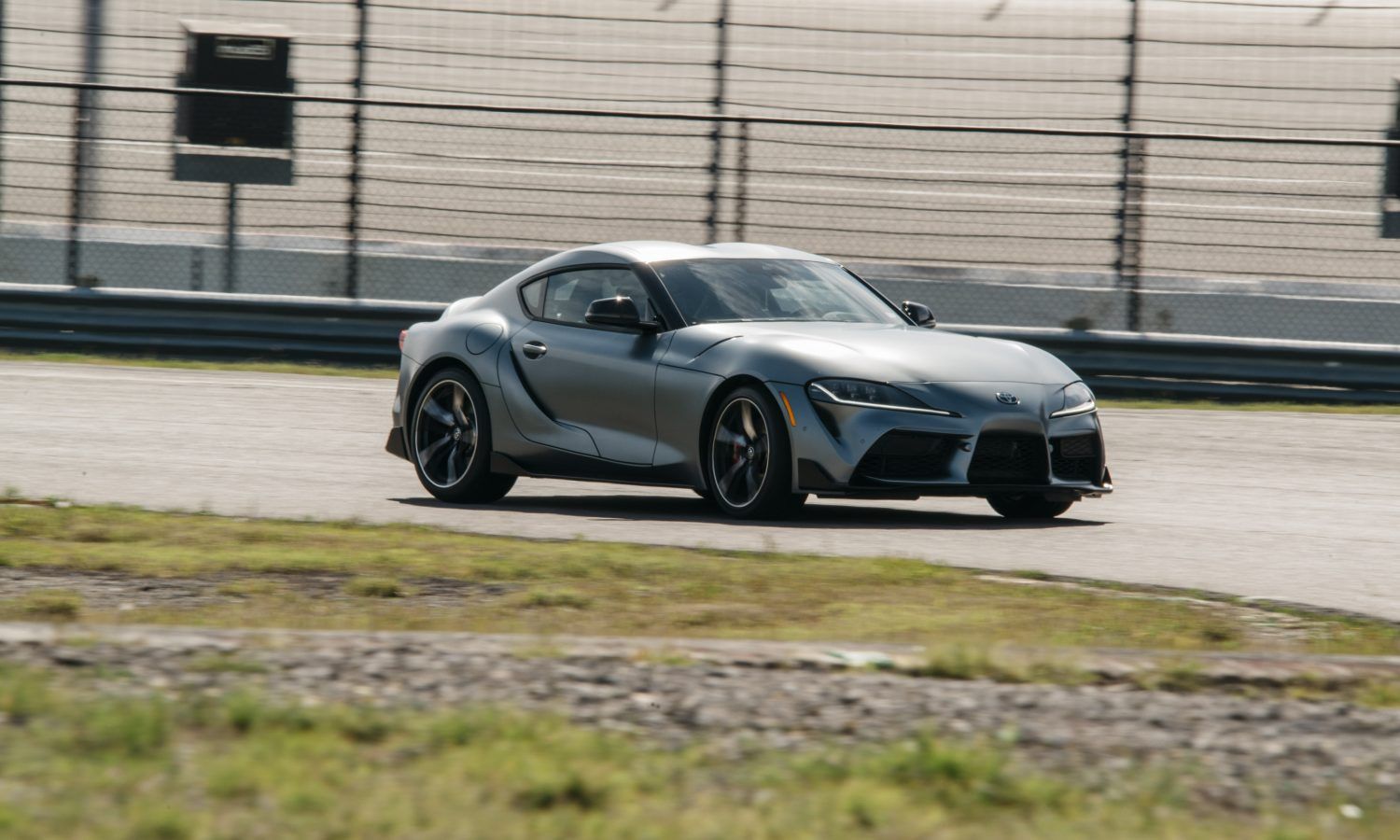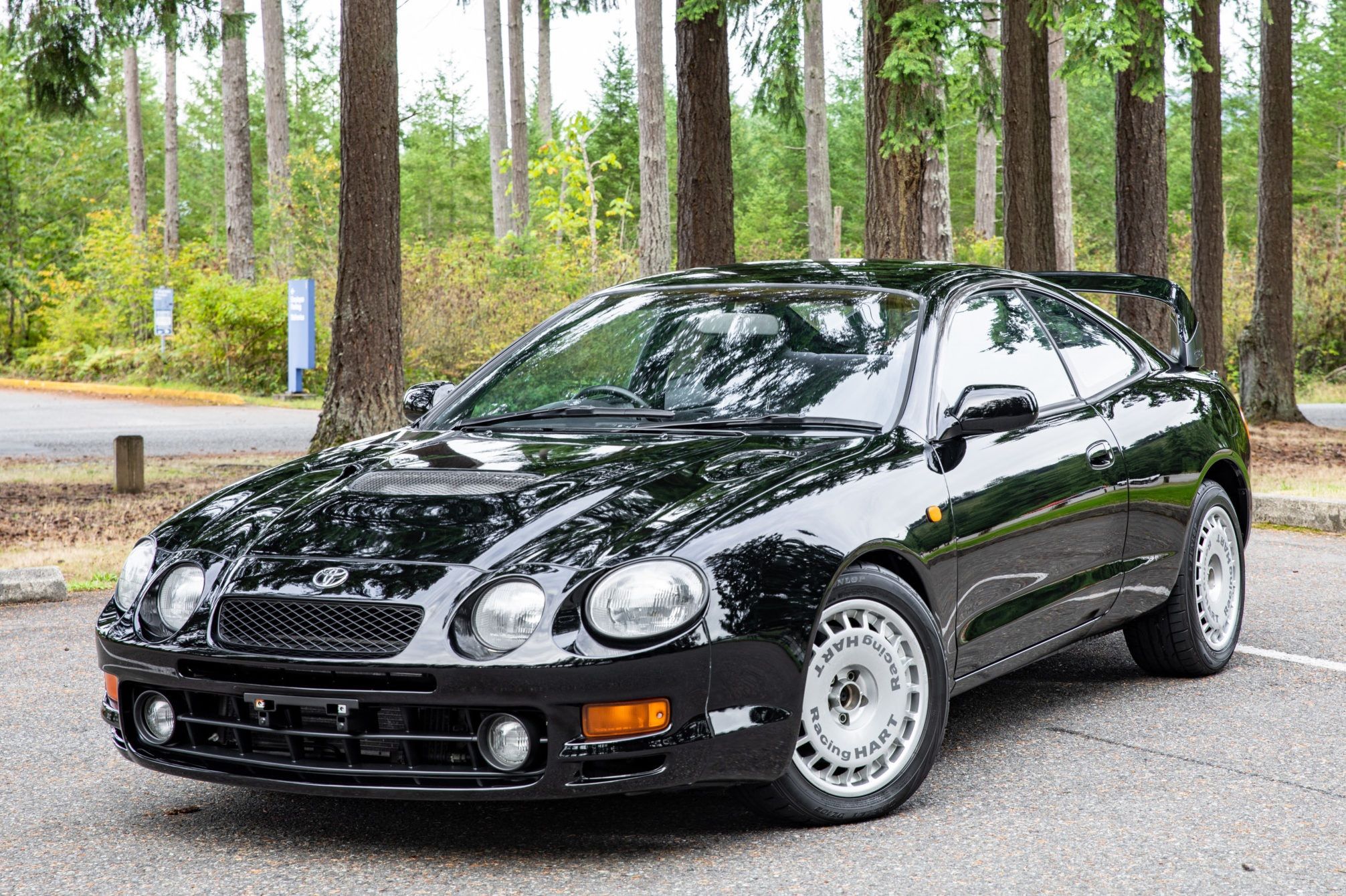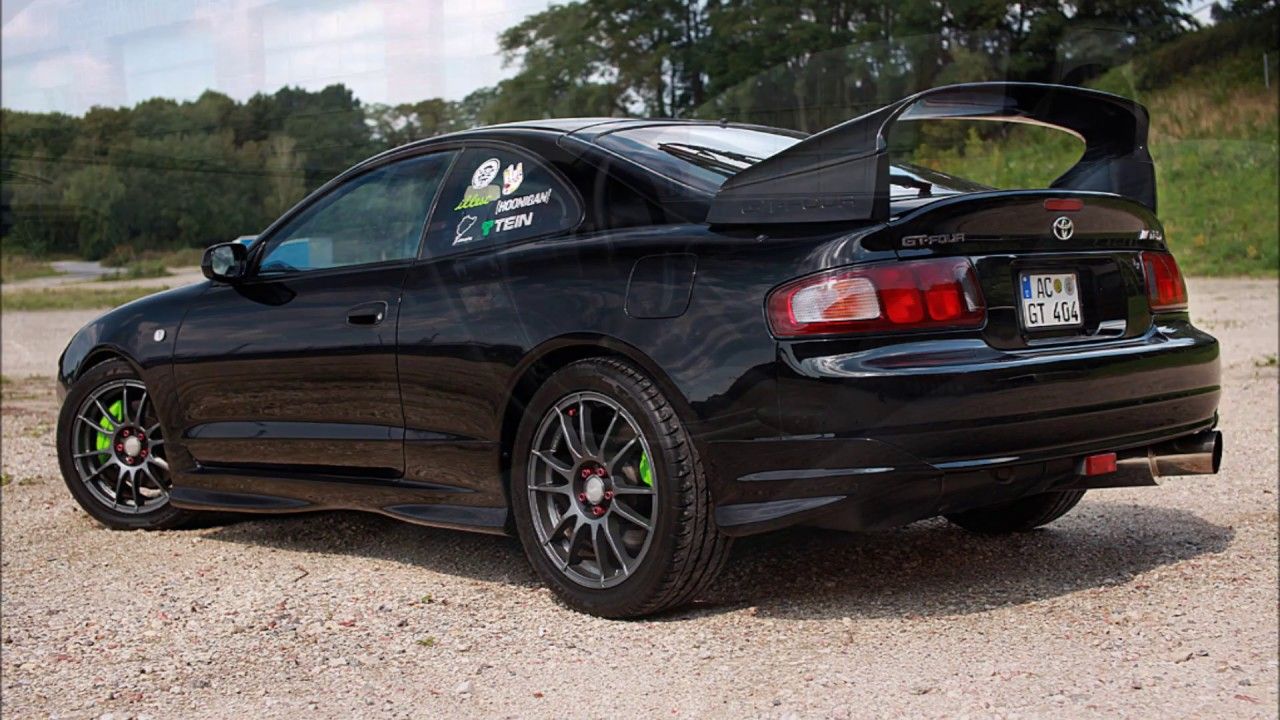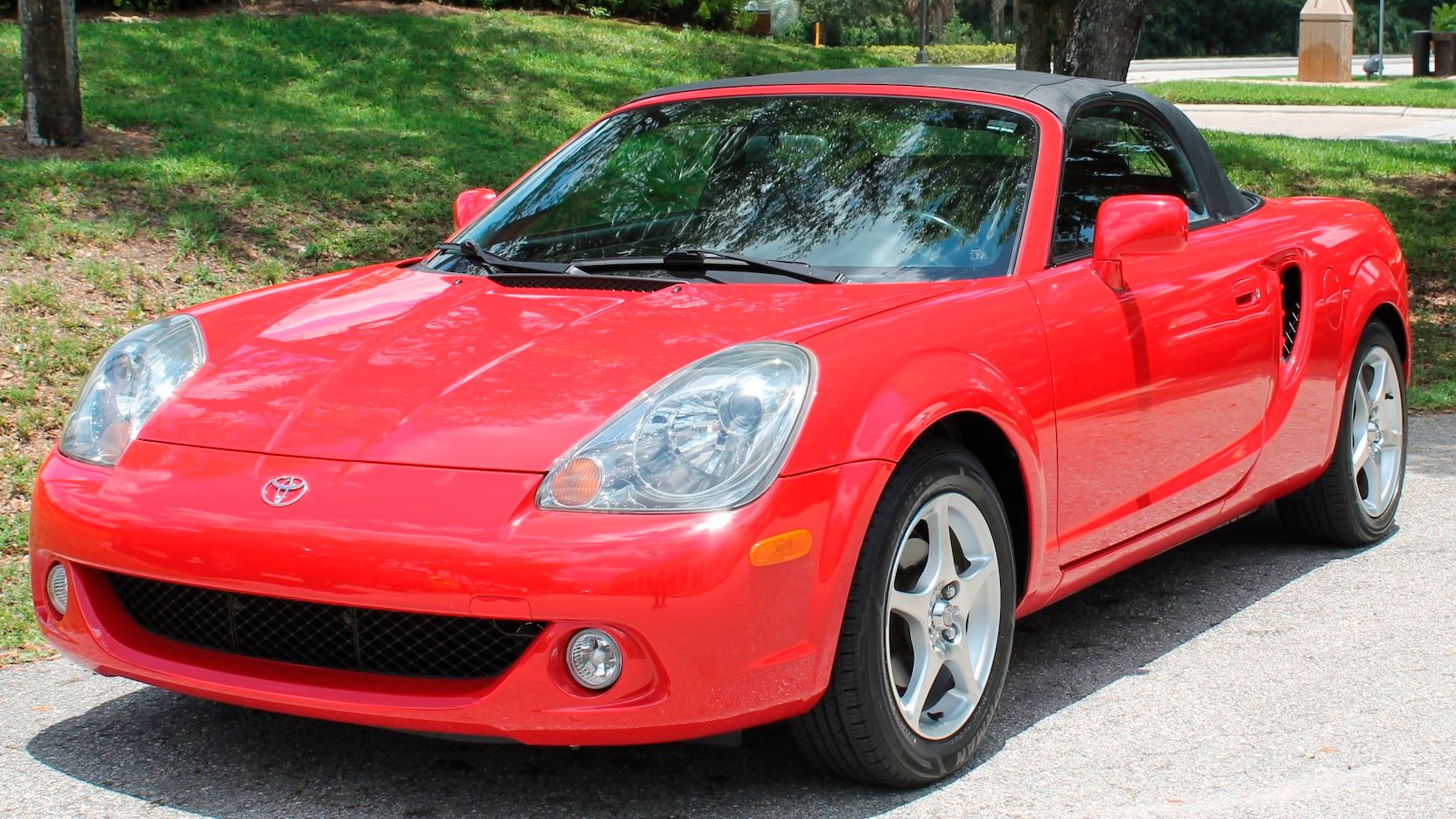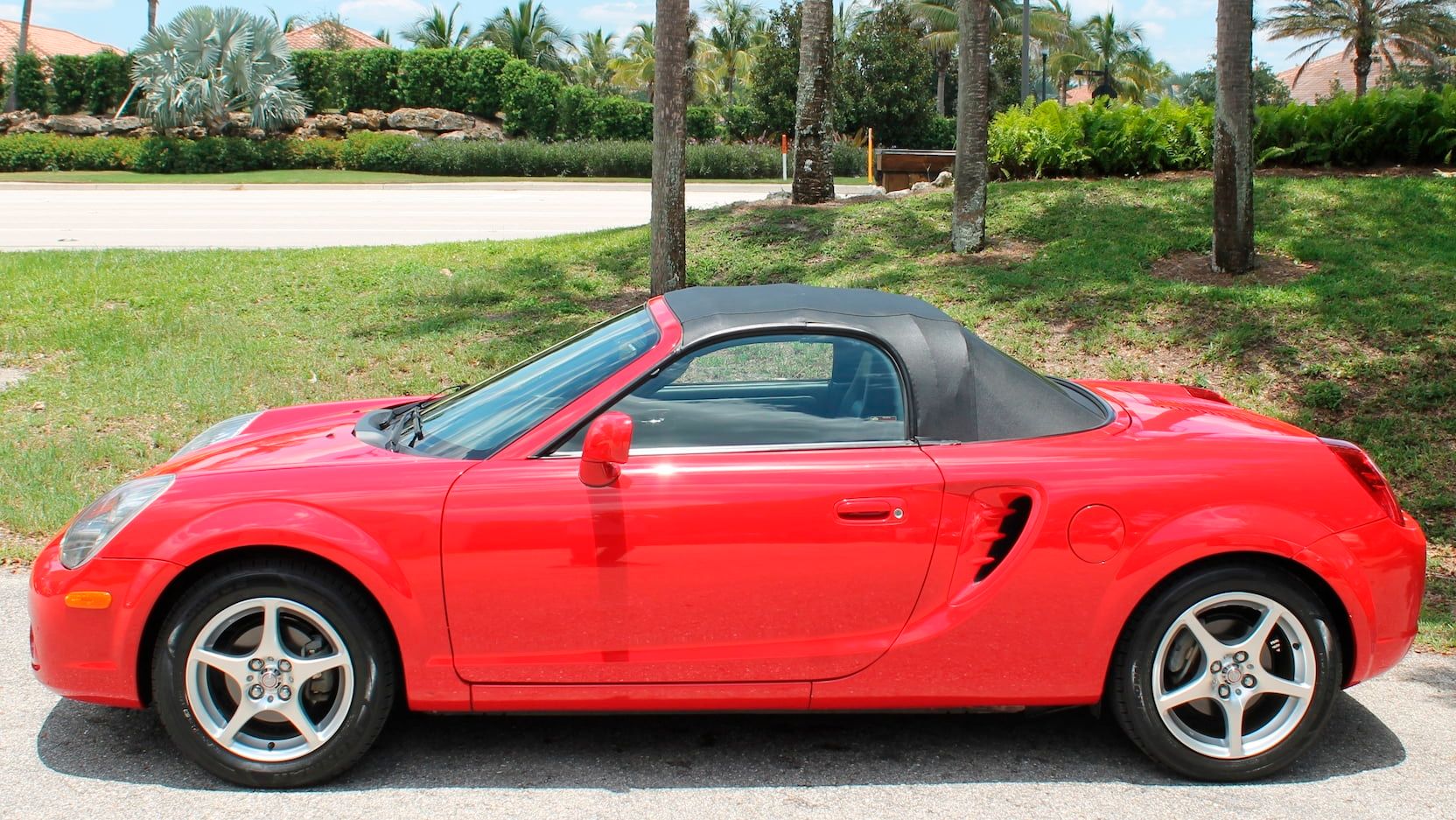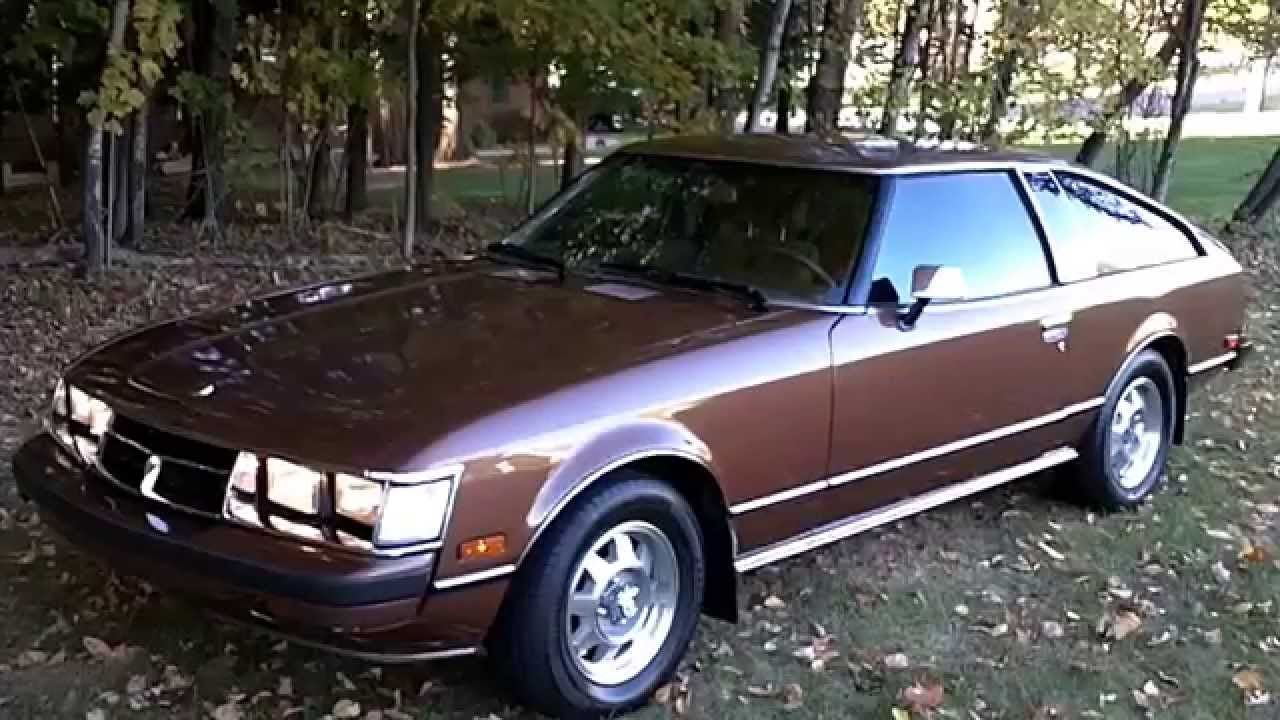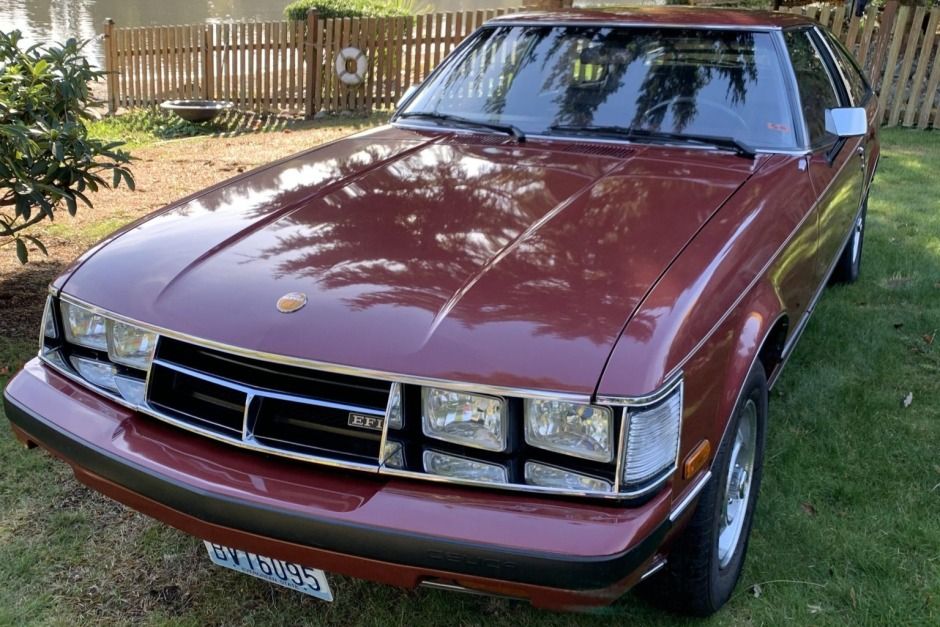The auto industry is full of fierce rivalry, and perhaps the biggest beneficiaries of these competitions are car buyers. For the hottest auto rivalries, you might look at Europe and America, but Japanese manufacturers are not left out. Not surprisingly, the rivalry is most fierce between Toyota and Honda, who sit at the very top of the food chain. Over the years, these two have consistently rolled out armies of sports cars with varying degrees of reliability, comfort, dynamic performance, and affordability.
While comparing sports cars from these two giants, one can easily see areas each focuses on when creating their cars. Big on dependability and reliability, Toyota takes its time before introducing new technology, while Honda, on the other hand, has its radar on top speed and superior handling. On the whole, these two automakers have been responsible for a truckful of sports cars that have given foreign brands a run for their money. We attempt a comparison between Toyota and Honda, for who makes affordable sports cars that are great.
10 1993 Honda CR-X Del Sol
The CR-X del Sol is a 2-seater roadster based on the Honda Civic platform and offered for the 1993-1998 model years. When it was released in North America for the 1993 model year, it came in 2 trims that drew power from SOHC Honda D-series engines.
Boasting tons of character, it was the first production vehicle from Honda to cross the 100 hp mark. However, no one will accuse it of being a muscle car. The Del Sol is a fun Japanese car that is comfortable, reliable, and offers good value for money.
9 1997 Honda Integra Type R
The Honda Integra, marketed as the Acura Integra in North America, is a sportier and more luxurious derivative of the Honda Civic. Doing very well in the market when it was introduced in 1985, the Integra got progressively better in subsequent model years.
Then came the Type R, a decade later, with improved performance and handling, thanks to higher power output and a lowered curb weight. In addition, the structure was stiffened, and aerodynamics was improved to make a car that is arguably the best front-wheel-drive to be produced by Honda.
8 2008 Honda S2000 CR
Named for its 2-liter engine and launched in 1999 to mark Honda's 50th anniversary, the S2000 was offered in one trim in the U.S. for 9 model years. The C.R. (Club Racer), a more track-oriented trim level launched at the 2007 New York International Auto Show, was added to the base trim for the 2008 model year.
A 2.2-liter naturally-aspirated I-4 engine sent 237 hp and 162 lb-ft of torque through a 6-speed manual transmission to the rear wheels. With a run of only 699 cars against the planned 1400, the S2000 CR is a rare little Honda with a 0-60 mph time of 5.7 seconds.
7 2016 Honda CR-Z
When shown as a concept vehicle in 2007 at the Tokyo Motor Show, the planned production CR-Z was to be sporty, efficient, and affordable. As sales began in 2010, the 2-seater Honda CR-Z proved to be one of the least polluting vehicles on the market.
For the last model year, 2016, the CR-Z was offered in 3 trims powered by a hybrid powertrain that produced 130 hp. It is given an above-average reliability rating of 3.5 by J.D. Power and is one of the only hybrids that offer a manual transmission.
6 2021 Honda Civic Type R
The Civic Type R, introduced in 1997, is the high-performance variant of the Honda Civic and was based on the sixth-generation Civic. For the 2021 model year, the Type R Civic disappoints with a juvenile body style and an uninspiring soundtrack but impresses in all other areas.
There is no shortage of power from the fuel-efficient 2-liter turbocharged 4-cylinder spinning out 306 hp and 295 lb-ft of torque through a 6-speed manual transmission. Quick, comfortable, and practical, the Civic Type R is equally at home, whether on the track or the street.
5 2022 Toyota GR86
Formerly marketed as the GT86 or the 86, Toyota GR86 is a second-generation 2-door fastback coupe jointly developed with the Subaru BRZ. All-new for the 2022 model year, the GR86 was introduced in April 2021 and is based on the Subaru Global Platform.
Powering the GR86 is a 2.4-liter boxer type 4-cylinder engine sending 228 hp and 184 lb-ft of torque to the rear wheels for a 0-60 mph time of 6 seconds. The new GR86's delightful handling complements its punchy engine, and more active safety features are made available, giving it an edge over rivals.
4 2021 Toyota GR Supra
The GR Supra began life in 1978 as the Celica Supra and was reintroduced in 2019 for the fifth generation after a 3-decade hiatus. For the 2021 model year, a 2-liter engine option makes its way to North America, producing a maximum output of 255 hp and a peak torque of 295 lb-ft.
Although not fitted with an adaptive suspension like the higher trims, the entry-level Supra still provides a pleasant driving experience. Offering better value than rivals in the luxury sports car class, the G.R. Supra is the least expensive and also comes with high-tech safety and convenience features.
3 1994 Toyota Celica GT-Four
As required by homologation rules, 2500 units of Toyota Celica GT-Four road cars were built so that Toyota could race in the World Rally Championship. With a 3S-GTE 2-liter turbocharged Inline-4 engine, shared with the MR2 Turbo, providing 252 hp in the Japanese market model, the GT-Four was the most potent Celica on the market.
The power was channeled through a 5-speed manual transmission to the four wheels, and a 4-channel ABS was offered standard on the export version. Weighing in at 3064 pounds, it could sprint to 62 mph in 6.1 seconds and on to a top speed of 153 mph.
2 1999 Toyota MR2 Mk3
When it was launched in 1984, the first generation of MR2 was a small and sporty car that weighed only 2350 pounds. After a redesign that included an increase in size and weight in 1989, the MR2 Mk3 in 1999 fell back to the lightweight of the first generation.
Tipping the scales at 2195 pounds, the Mk3 could still move quickly despite a reduction in power to 138 hp. Featuring responsive steering, agile handling, and comfortable seats, the MR2 Mk3 provides a very satisfying driving experience.
1 1979 Toyota Celica Supra
The 1979 Celica Supra was developed to compete with the Datsun Z-car, and while based on the Toyota Celica Liftback, it featured a longer nose. With the elongated front panels came a bigger engine, a 2-liter I-6 producing 123 hp or a 2.6-liter I-6 good for 110 hp.
Available transmission options were a standard 5-speed manual and an optional 4-speed automatic. The 1979 Celica Supra was practical, powerful, reliable, luxurious, and fun to drive as a showpiece of what the Japanese auto industry could offer.

